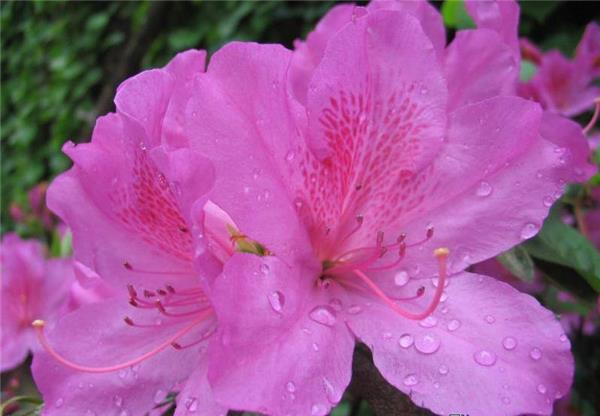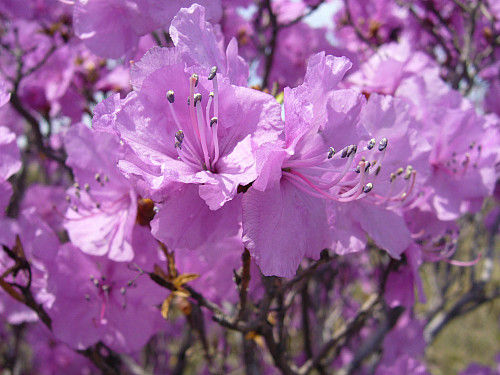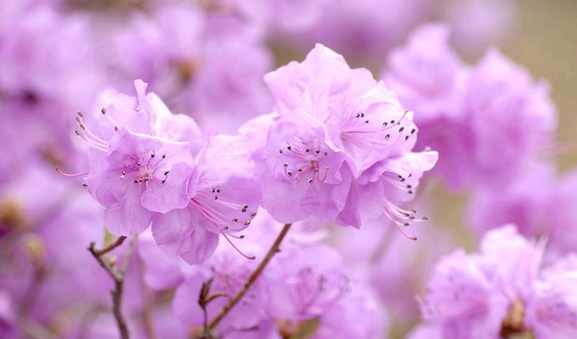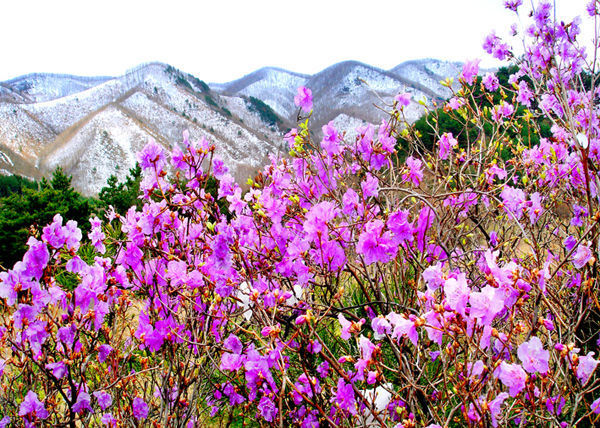What is the method of cultivation of Jindalai flowers?
The cultivation of Jindalai flowers mainly lies in flowerpots, soil, fertilizer, water, light and so on. As long as more attention is paid to these aspects and more care is taken in daily maintenance, it will be easy to feed it.

The Culture method of Jindalai Flower
Selection of pots: flowerpots are best in mud pots with good air permeability, followed by purple sand pots, glazed pots and porcelain pots are the worst. On the pot should pay attention to choose the size of the flowerpot, avoid small seedlings with large pots. If the basin is too large and the basin soil is not dry for a long time, the ventilation will be bad, and the root system should not reach the basin wall, affecting the development of seedlings. Generally, the cuttings can choose a mud basin with a diameter of about 10 centimeters, and then turn into a flowerpot of about 15 centimeters a year later.
Soil: acid soil with loose nature, strong permeability, good drainage and rich in humus, with a PH value of 5.0-6.0. If you use clay or alkaline soil, it is difficult to live.
Fertile water: under normal circumstances, the basin soil should be dry and wet. In spring and autumn, it can be watered once every 2-3 days. In summer, the leakage is high. Water should be irrigated once every dead, clear exhibition and evening. At the same time, clear water should be sprayed on the leaf surface and sprinkled on the ground around the flowerpot to add air humidity to the mouth. After entering the house in winter, the amount of water should be controlled to keep the basin soil slightly moist, otherwise it is very perishable. In winter, we should also pay attention to washing branches and leaves with water close to room temperature. Thin fertilizer should be applied frequently, and fertilizer should be fully mature. Fertilizer application should be carried out in the evening on a sunny day and when the basin soil is dry, when fertilization is safe and effective. Nitrogen fertilizer should be added after flowering to restore the tree and promote branch and leaf growth. In the high temperature season from July to August, the growth is stagnant and it is not suitable to apply fertilizer.

Illumination: generally come out of the room after Grain Rain, put on the balcony or in the courtyard, the sun is softer at this time, only need appropriate shade around noon. After the beginning of summer, it should be moved to the shady shed or indoor shady windowsill to maintain good ventilation. The light can no longer be shaded at the end of autumn to facilitate the growth and fullness of the plant. Move indoors before winter and put it in a sunny place.
Change the pot: generally change the basin every 3-4 years, the time to change the pot before flowering in March or September is appropriate, the plants entering the full flowering stage are suitable to be carried out after flowering. When changing pots, be careful not to remove too much old soil and damage the root system, otherwise it will affect the growth and flowering. When changing the basin, you can add some newly prepared acidic soil, and pour enough water, put it in the shade for about a week, and then gradually see the sun.

The practice of Jindalai cauliflower
Ingredients: Jindalai 200 grams Schisandra chinensis 100 grams pine nuts (fried) 30 grams sugar 30 grams honey 10 grams starch (broad bean) 20 grams
Steps:
1. Choose Schisandra chinensis which is ripe after the first frost, pick and remove defects and wash until dust-free.
two。 Take 3 cups of warm boiled water and soak Schisandra chinensis for 1 day and night
3. Take a transparent glass basin or cup and put it in water soaking Schisandra chinensis.
4. Add honey, add boiled and cool sugar water, color and seasoning
5. Pick 20 Jindalai flowers in full bloom and mix them with a small amount of detergent to wash them clean.
6. Then rinse with pure water, control the water, pay attention to do not hurt the petals
7. Remove the stalks of Jindalai cauliflower, leaving only red petals and dipped in mung bean starch noodles.
8. Then blanch it in boiling water, pick it up and rinse it with cold water immediately.
9. Then put the Jindalai petals in a glass basin filled with Schisandra water and sweet seasoning, sprinkle with pine nuts and serve.

Jindalai flower has both ornamental value and edible value, and it is also a kind of traditional Chinese medicine that can be used as medical treatment, so it has high practical value and is very suitable for indoor breeding.
- Prev

[the difference between swallow palm and Yushu] how to distinguish swallow palm from Yushu
[the difference between swallow palm and Yushu] how to distinguish swallow palm from Yushu
- Next

[methods of cultivating camellias] Ten points for attention in culturing camellias
[methods of cultivating camellias] Ten points for attention in culturing camellias
Related
- Wuhan Hospital Iron Tree Blooming Result Was Instantly Frightened by the Gardener Master
- Which variety of camellia is the most fragrant and best? Which one do you like best?
- What is the small blue coat, the breeding methods and matters needing attention of the succulent plant
- Dormancy time and maintenance management of succulent plants during dormancy
- Minas succulent how to raise, Minas succulent plant pictures
- What are the varieties of winter succulent plants
- How to raise succulent plants in twelve rolls? let's take a look at some experience of breeding twelve rolls.
- Attention should be paid to water control for succulent plants during dormant period (winter and summer)
- Watering experience of twelve rolls of succulent plants
- Techniques for fertilizing succulent plants. An article will let you know how to fertilize succulent plants.

